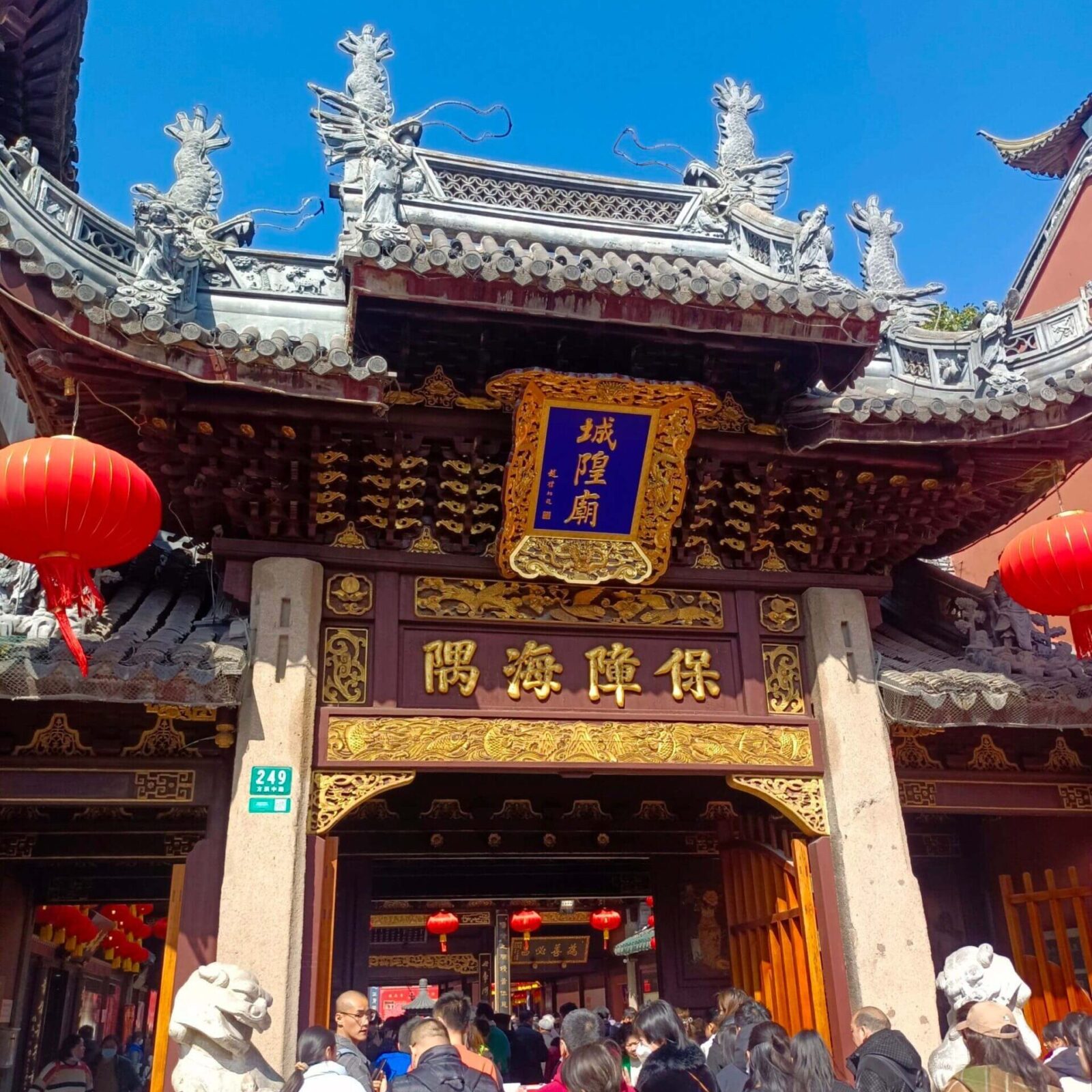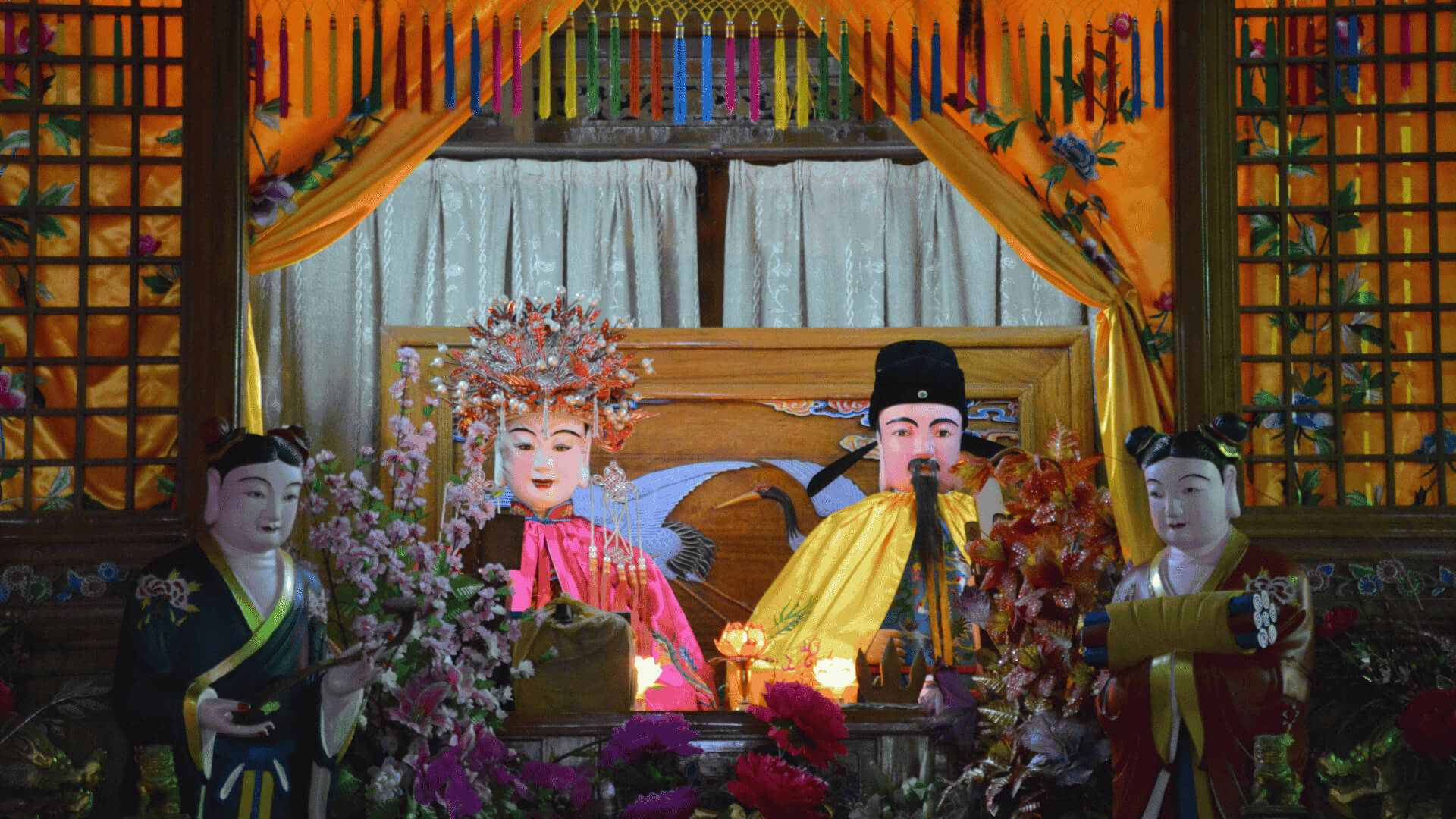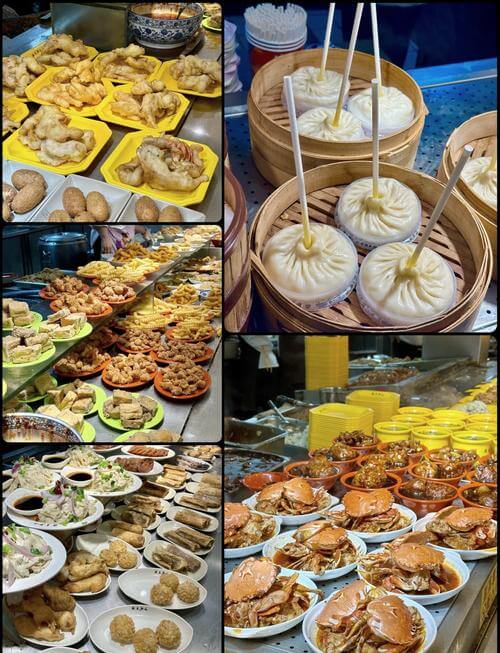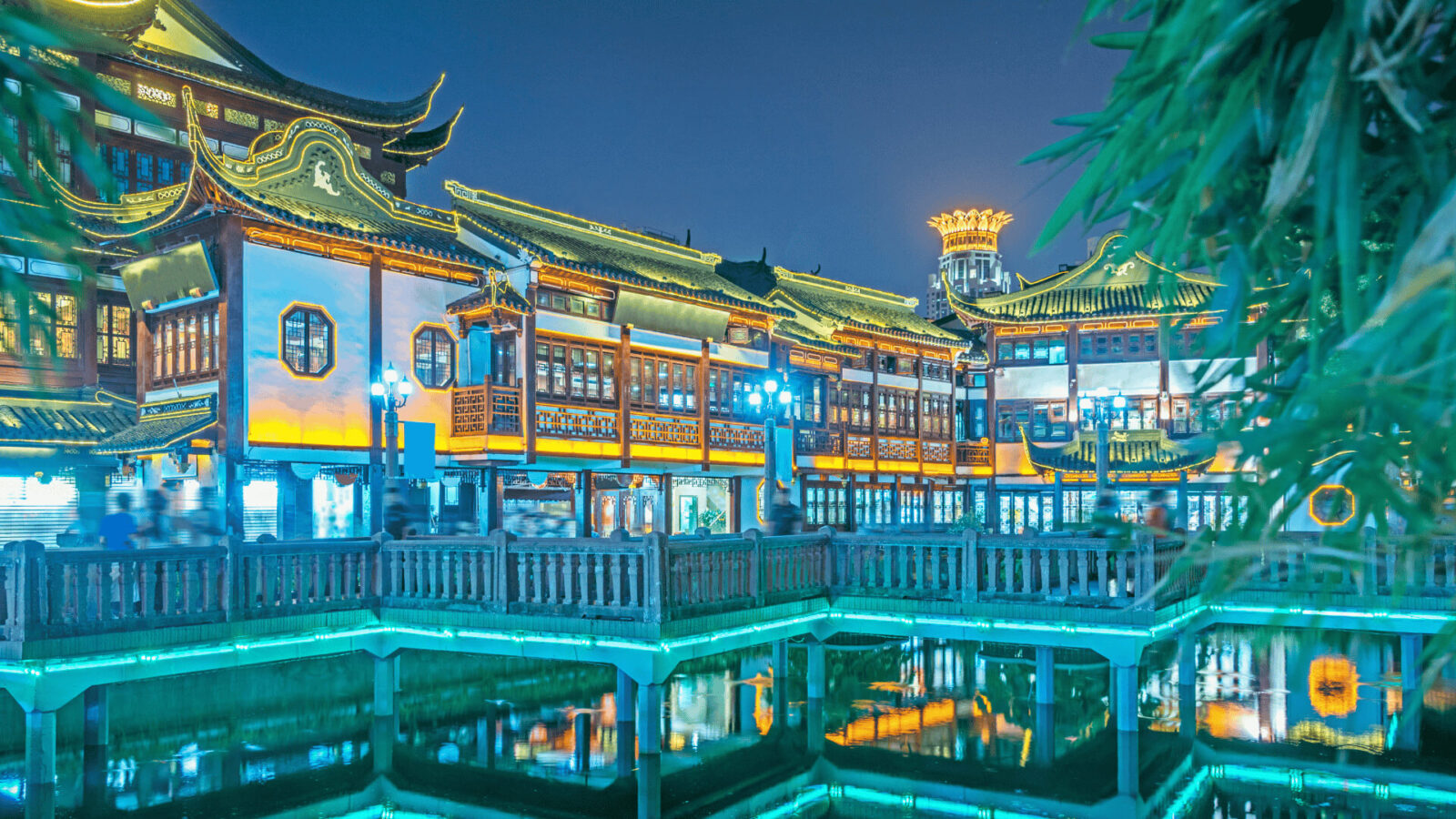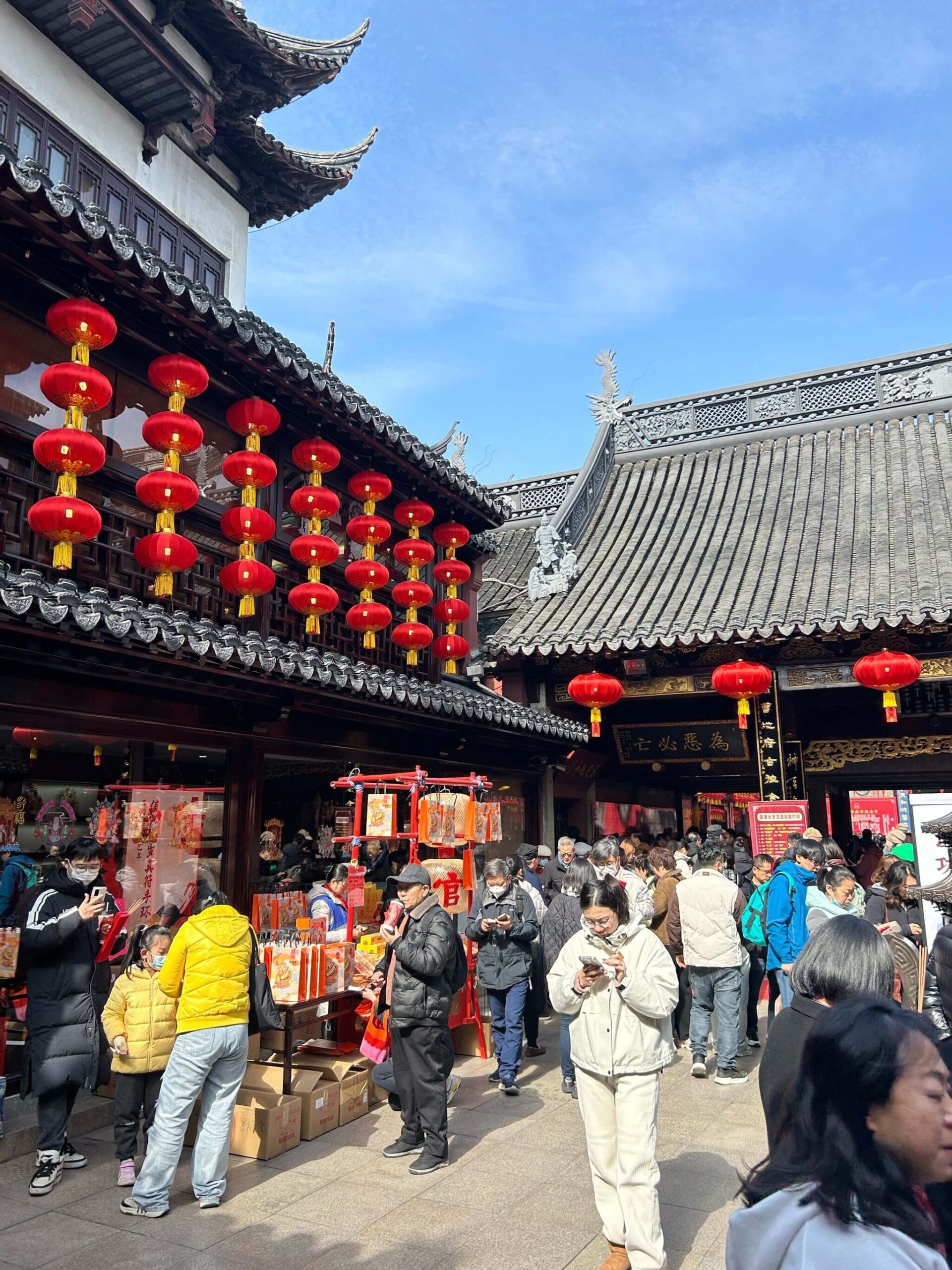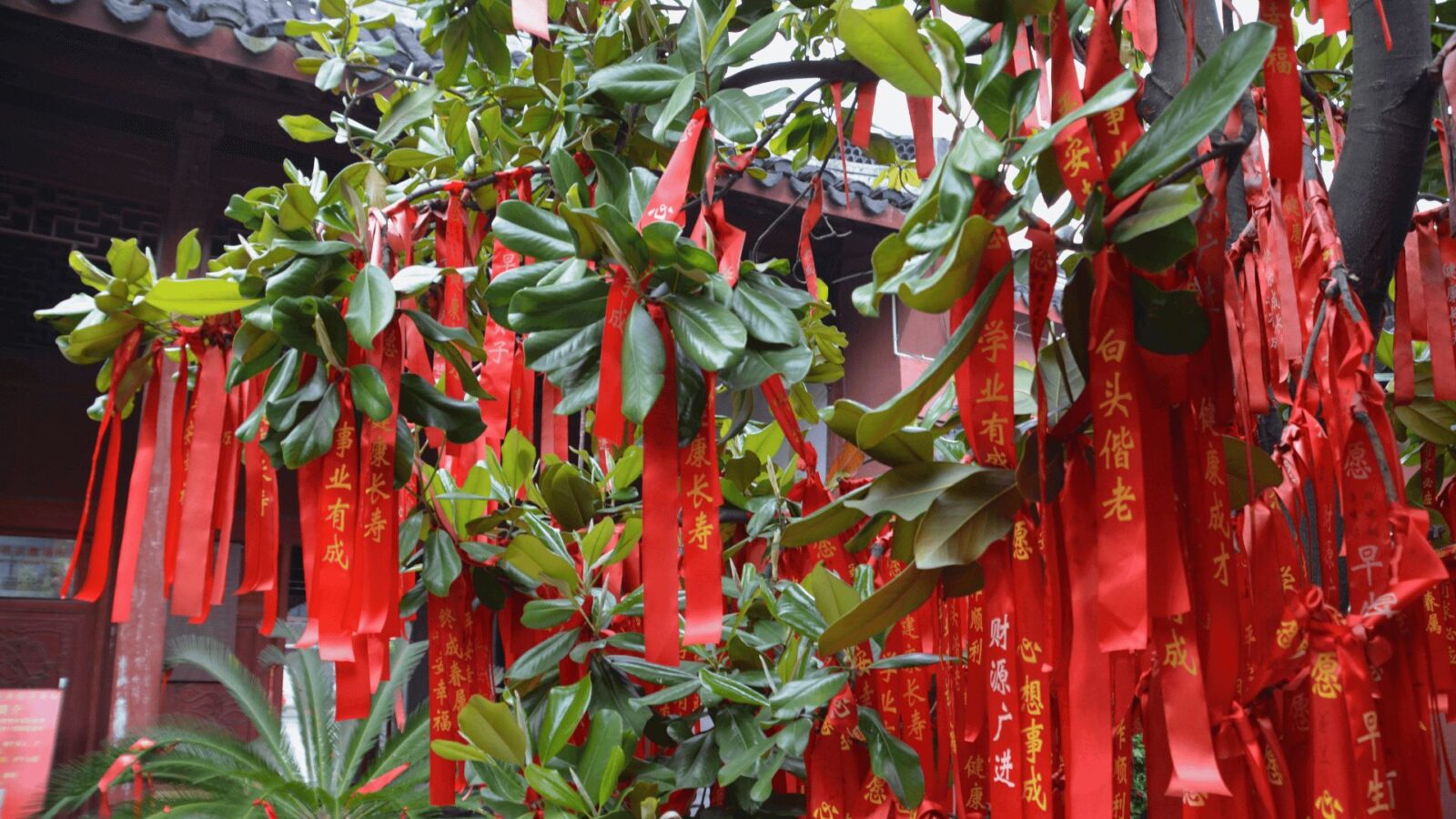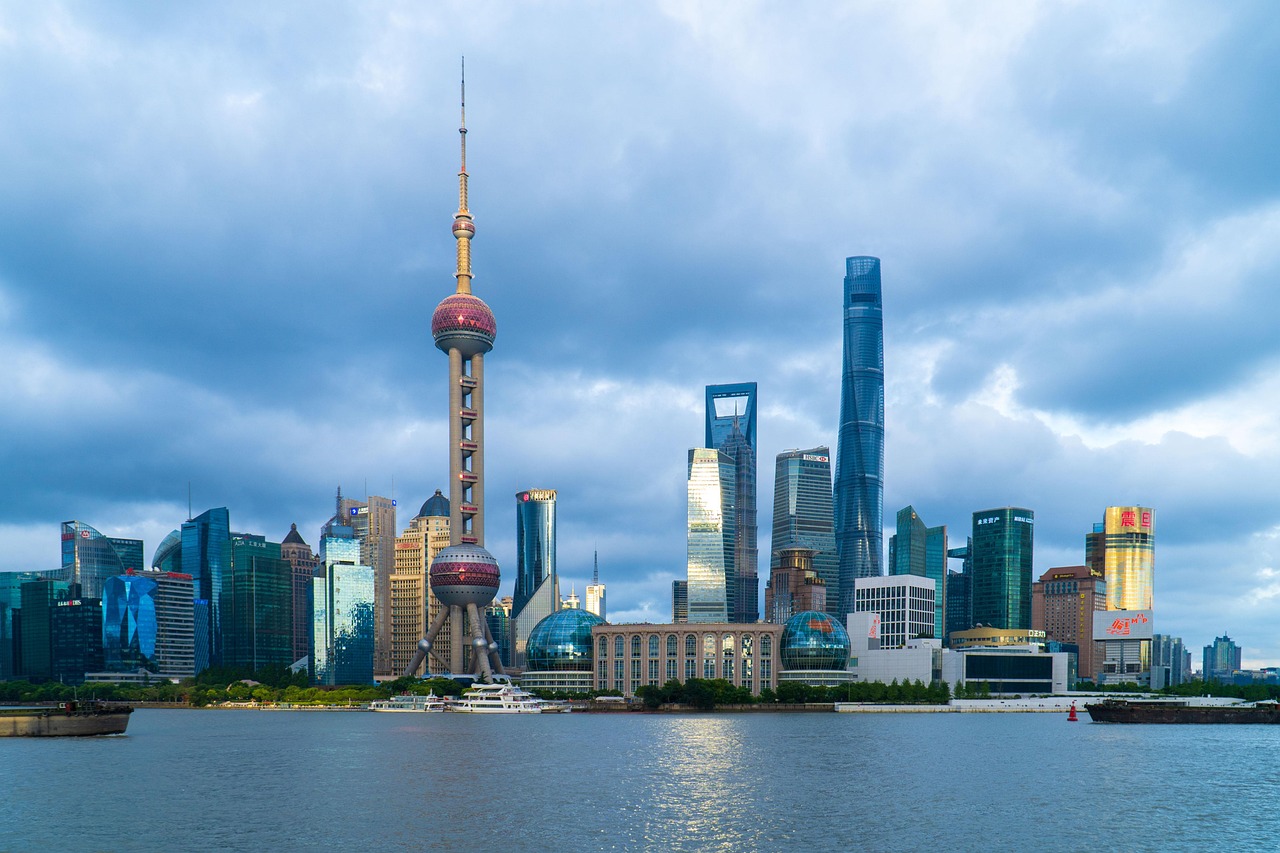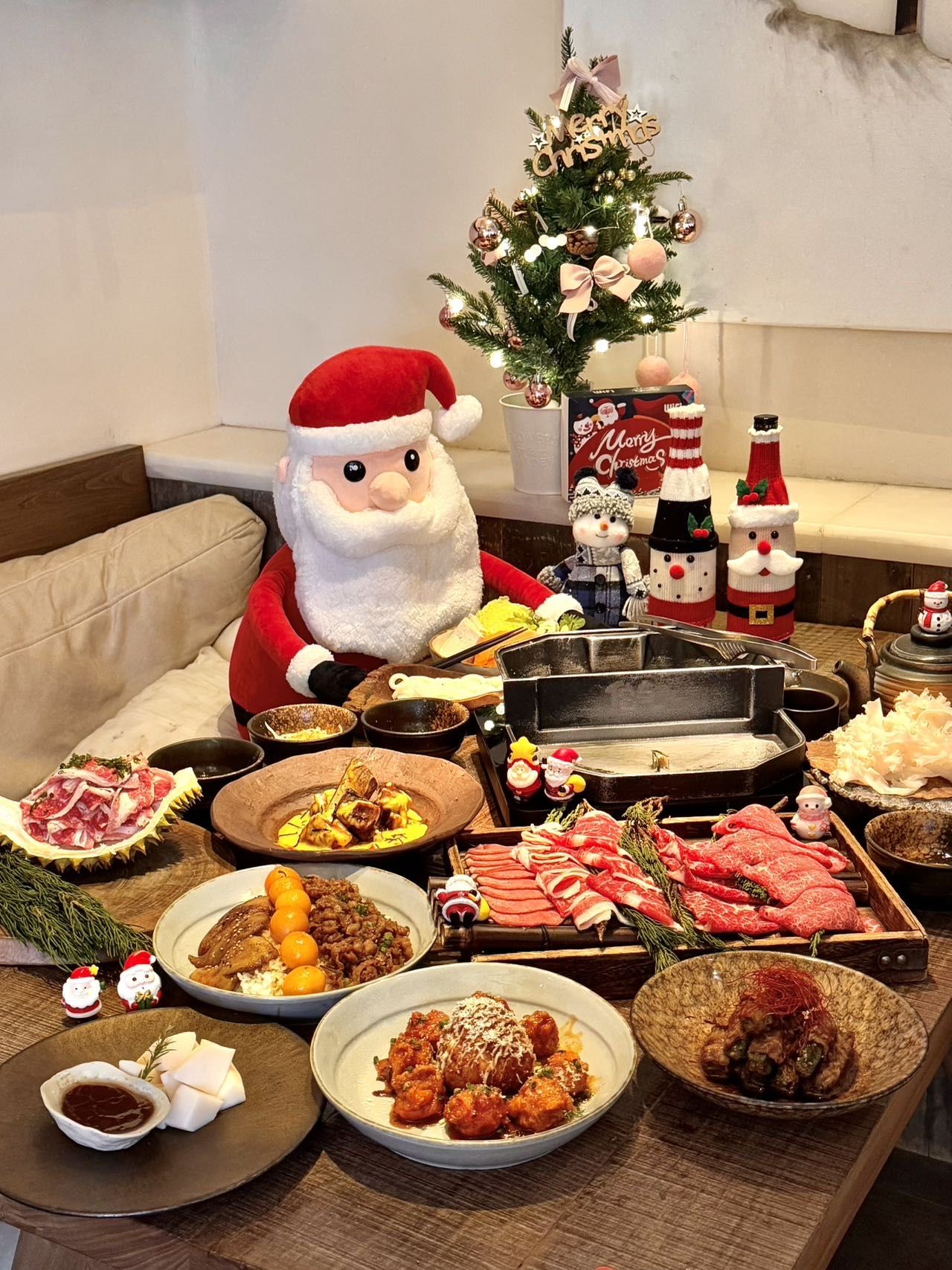
City God Temple at Night
Whether it is rain or shine, the City God Temple of Shanghai is always a bit out of step with the rest of the city. After leaving the glass towers behind, you soon find yourself walking under dark wooden eaves where incense curls through the air. Arowed stone courtyard. And just as in the street outside where vendors call out over sizzling pans of dumplings, so too is it quiet deep in heart. No wonder people end up staying longer than planned: the noise seems somehow quiet. From the temple proper to its surrounding traditional houses, a living entity still pulses in pulsations not unlike an old man's wheeze or artificial respiration.
Outside its gates, a courtyard trapeziumed on four symmetrical sides holds echoes of centuries when one of China's last great dynasties had its capital in this city. Vendors scream with this hustle and bustle for passers-by or customers ordering food. It’s noisy and it’s quiet, coming in and out of focus--and that may be the reason people end up getting lost for longer than they planned. If that anything remains settle: why don't you come back here -it simply means faith, food, and life crisscrossed as no other place in Shanghai can make it look. Not sure what else to add to your itinerary? Check out this guide on what to do in Shanghai.
City God Temple of Shanghai Highlights
Iconic Taoist Architecture and Historic Halls
The first thing that strikes you when entering the City God Temple of Shanghai is how different it feels from the skyscrapers outside. The glazed roofs curve upward like waves frozen in midair, and the painted beams and pillars glow red, darkened by incense smoke. Though not vast, each hall carries weight: Taoist deities with worn gold patina, wooden floors that creak under countless feet. Some say it dates back to the Ming Dynasty, and even after many rebuilds, age still clings to its stones.
Here travelers notice another rhythm. Locals pause, bow three times, and whisper names or wishes—health, good business, family safety. Foreigners, cameras in hand, often look uneasy, unsure whether to copy the gestures. A guide once told visitors that even if you aren’t Taoist, it’s fine to light incense; the act holds more meaning as participation than as ritual. That small permission helps outsiders feel part of the moment instead of standing apart.
The essence lies in layers of atmosphere: bells tinkling softly, incense ash faintly on the tongue, light filtering through lattice windows. It is not just another tourist stop but a place where the city’s memory rests. Skip this, and you see only Shanghai’s modern face, missing the pulse beneath.
Traditional Prayers and Local Worship Practices
One thing that makes the City God Temple of Shanghai distinctive is that it isn’t staged like a museum piece. On weekday mornings, residents move slowly through the courtyards, bowing three times before the halls, sometimes with camphor-wood crutches in hand. During festivals such as Chinese New Year or the Flower Market, incense smoke grows so thick that visitors cough while bells mix with murmurs of prayer. Petitions are varied—business owners ask for prosperity, parents for their children’s exams, young couples for peace at home. Unlike some tourist temples, this one feels less artificial because the worshippers are simply continuing family traditions.
For visitors, the line between observing and joining in can blur. Some offer incense just to “fit in,” though there’s no compulsion—it’s more a gesture of courtesy. Bundles are sold at the entrance for about ¥10–20. Even without belief, taking part makes the visit feel more real. Standing before a blazing stick, eyes stung by smoke, you sense this isn’t theater but rhythm—the pulse of the temple itself.
City God Temple Night Market — Famous Snacks, Lights & Local Buzz
When lanterns light up around 18:00, the City God Temple night market turns into a lively slice of old Shanghai. The scent of sesame oil and vinegar drifts through the air while vendors call out orders over sizzling woks.
Must-Try Old Shanghai Eateries: Make your night count with these time-honored spots. Nanxiang Steamed Bun Restaurant draws crowds for its ¥42 crab roe xiaolongbao, thin-skinned and rich in flavor. The second-floor seats overlook the Nine-turn Bridge—great for night shots but expect a queue. Dahuchun serves ¥6 shengjian buns (4 pcs) with crisp bottoms, best paired with curry beef soup. Songyuelou’s vegetarian mushroom buns (¥3 each) are soft and fragrant, made with traditional sourdough.
By 19:30, the temple’s main hall glows gold across the pond, and the Shan Hai Jing light show brings mythical beasts to life on Yuyuan Bazaar walls. Each 10-minute show adds a dreamy touch to the scene. Then you can wander through the lively lanes. Lanterns swing overhead as vendors sell jade trinkets and tea sets. You might catch an old man balancing bowls or a singer crooning vintage tunes. It’s chaotic, smoky, and alive—the City God Temple night market at its best, where street life and tradition meet under red lanterns.
Quick Info
| ⏰ Hours | 18:00–23:00 |
| 💡 Lighting | 19:00–22:00 |
| 🎟️ Entry | Free |
| 💰 Avg Spend | ¥50 per person |
| 📸 Best Time | After 20:30 to avoid crowds |
History of City God Temple of Shanghai
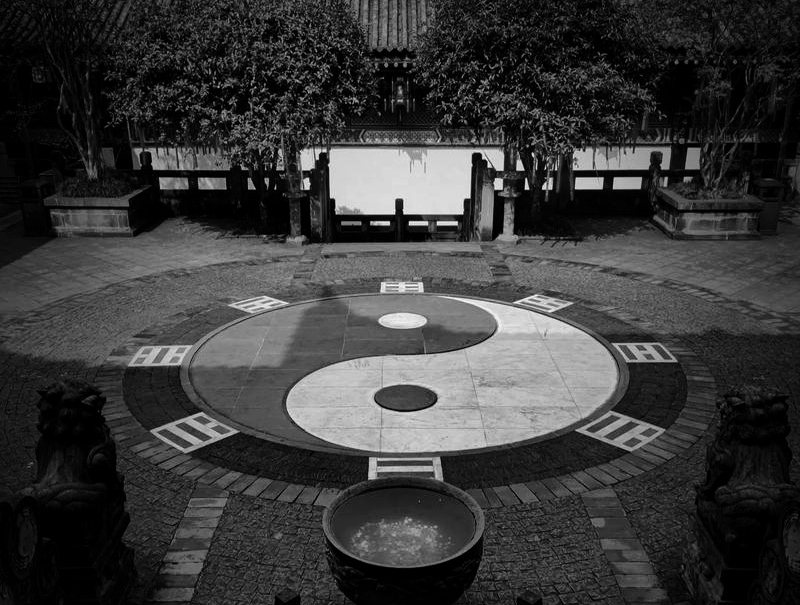
Taoist Taiji Diagram
Origins in the Ming Dynasty
The temple of City God began in 1403, when Shanghai was a small port recently captured by the Yongle Emperor. A small shrine was enlarged into a temple for City God, or Chenghuang, who guarded cities and waterways alike. That made sense at the time. Although Shanghai was just a humble harbor. And furthermore, this new temple rapidly became the religious and business hub for everyone.
Today, the original function of the place still lingers among its pavilions and courtyards. Merchants would burn incense as they left to cross the Huangpu River, a prayer for safe passage and prosperity. Consistent with the trading mentality begun in Ming times, this exchange between faith and commerce is why the temple later ran alongside an ever-blooming bazaar—which rhythm still beats into present-day Shanghai as well.
Changes During Qing and Republican Periods
When the City God Temple was first established in Shanghai, it focused on Taoist rituals but gradually grew into an economic hub, supported by local guilds. Conflicts sometimes arose over details—such as whether inner halls should be brick or wood—but the temple continued to thrive as a religious and social center.
Over the years, festival performances and decorated gates became common, even during famine. In the Republican period, businessmen often came here to pray for luck and prosperity. Operas outside the main gate added to the atmosphere, blurring the line between worship and entertainment.
Priests adapted too: many wore plain clothes and lived like peasants, keeping only the shaved head and topknot as signs of their role. Political unrest brought damage, yet despite turmoil, the temple remained part of Shanghai’s identity. For many, imagining the city without it was impossible.
Restoration and Role in Modern Shanghai
But in 1980s repair work reversed that after over for beginning. Beginning in the 1980s, reconstruction projects finally brought the ancient temple back to life. By 2005, golden statues and freshly painted beams made it gleam once more. Both worshippers and visitors prospered on this.
Today, the Temple of the City God of Shanghai leads a double life: it is still a spirit-filled place where local residents come to worship, yet at the same time a tourist attraction that graces any guidebook. Some find this combination odd, but it is just the cohabitation of religion and industry that has allowed the temple to endure in today's Shanghai.
City God Temple of Shanghai Travel Map
Metro Stations and Walking Directions
By metro transport is the simplest means of reaching the City God Temple of Shanghai. Take Line 10 to Yuyuan Garden Station and leave through Exit 3; the temple is about a 5–8 minute walk along Fuyou Road. Souvenir stalls line the sidewalks nearby, and the smell of fried dumplings drifts across street corners. A single metro ticket costs ¥3–5, depending on distance, and can be paid using Alipay, WeChat, or a contactless metro card.
If you prefer a taxi or use the Didi mobile-app service, the ride from the Bund takes about 15 minutes and costs ¥25–35 depending on traffic. Some drivers may not understand English, so show them the Chinese name “城隍庙 Chenghuangmiao” to avoid confusion. On weekends, traffic near the old town is heavy, and the metro is usually faster than sitting in a cab.
Nearby Attractions around City God Temple of Shanghai
Better even than its temple of the City God location is within the old urban area. Just a few feet away lies the famous Yu Garden, with pavilions and rockeries in styles dating back close to Confucius. Also different from other Taoist organizations are its Taoist halls, and many tourists visit both places together. Ticket prices for Yu Garden are ¥40 (on Ctrip), though lines are longer on public holidays.
A short stroll leads into Laocheng, this part of town where traditional houses still stand, many not yet photographed by professional cameras. For photos of old Shanghai it is an excellent spot. The temple’s location near attractions and hawker stalls means you can easily spend a whole afternoon here without needing further transport.
Planning a walk nearby? Don’t miss our full story on Yu Garden in Shanghai.
Recommended Route for Visiting City God Temple of Shanghai
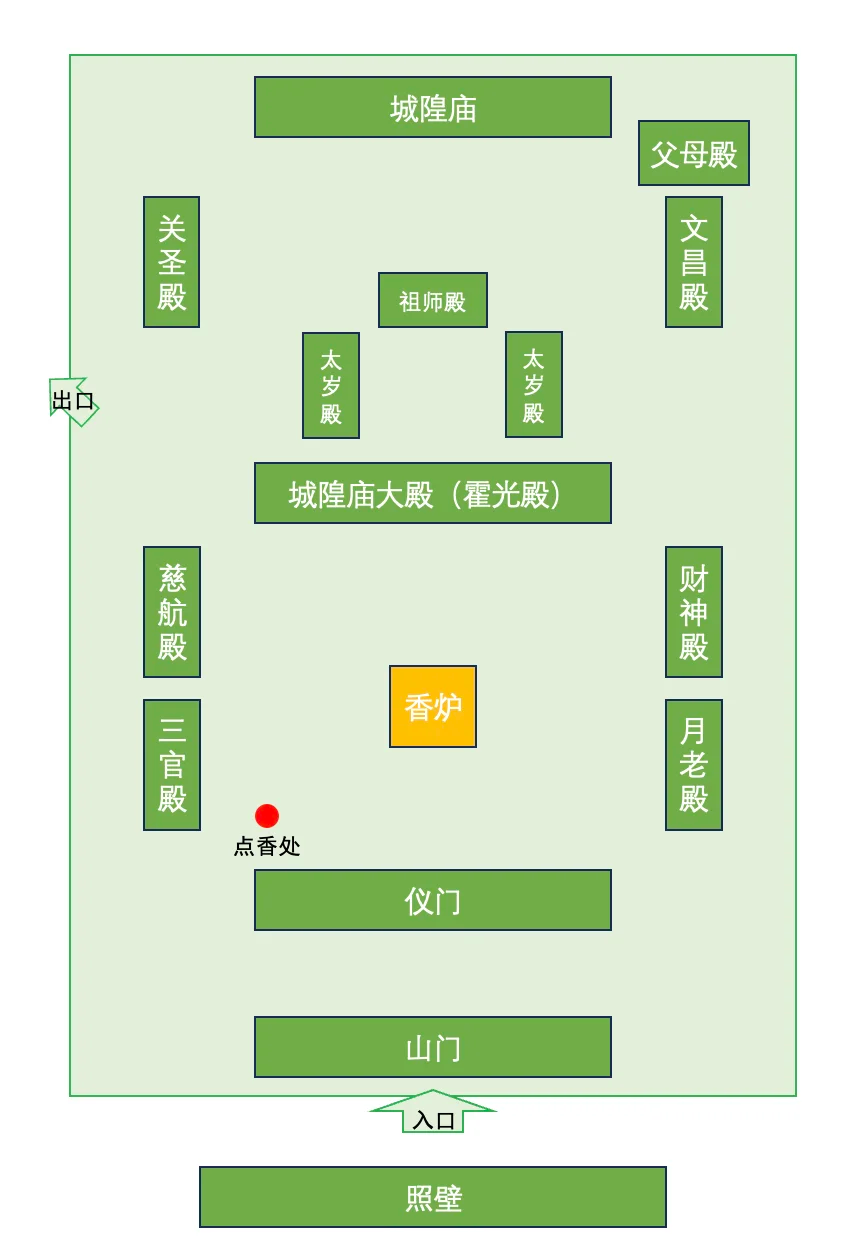
The Map of the Inner Halls of Shanghai City God Temple
Half-Day Itinerary Combining Yu Garden and Bazaar
To enjoy Shanghai City God Temple well, a half day should be allowed. Arrive around 9:00 AM when the courtyards are still peaceful. Incense rises lightly, not yet the thick clouds of later. Walk slowly through the halls, watch locals bow three times, or pause to hear the bells. Usually an hour here is enough to feel the rhythm.
From the temple it is a five-minute walk to Yu Garden (豫园), which opens at 8:30 AM. Admission is about ¥40 (tickets on Ctrip). In the morning, the ponds and rockeries are still quiet before big tour groups arrive—pleasant in crowded old Shanghai.
Afterwards, return to the bazaar with the crowd and have lunch. Nanxiang Xiaolongbao costs ¥25–40 per basket, while zongzi in bamboo leaves cost ¥10–15. It is crowded, but with teaching and swordplay as background, eating here feels part of the show. By mid-afternoon, half a day is gone and you have seen much.
Suggested Stops for First-Time Visitors
For those at the City God Temple of Shanghai for the first time, remember this little point: Temple → Main Hall → Snack → Souvenir. Incense burns softly, and about 40–45 minutes inside the walls is enough. At the main hall, pause briefly, then step outside.
If you are just interested, head straight to the food stalls. Nanxiang Xiaolongbao always has a line, but it moves faster than it looks. One day I almost lost my credit card in the crowd, but the salesgirl just pointed to a QR code on a thermos. Another tourist showed how to scan with Alipay—problem solved. Small reminder: keep your phone ready, or you may stay hungry while dumplings steam in front of you.
Buy a souvenir before leaving. A folding fan or a small set of five teas costs about ¥30–50 if you bargain. Pick one up, take a quick picture, and leave before the late afternoon crowd fills the shops. Short and simple, but enough to catch the feel of this place.
Best Time to Visit City God Temple of Shanghai
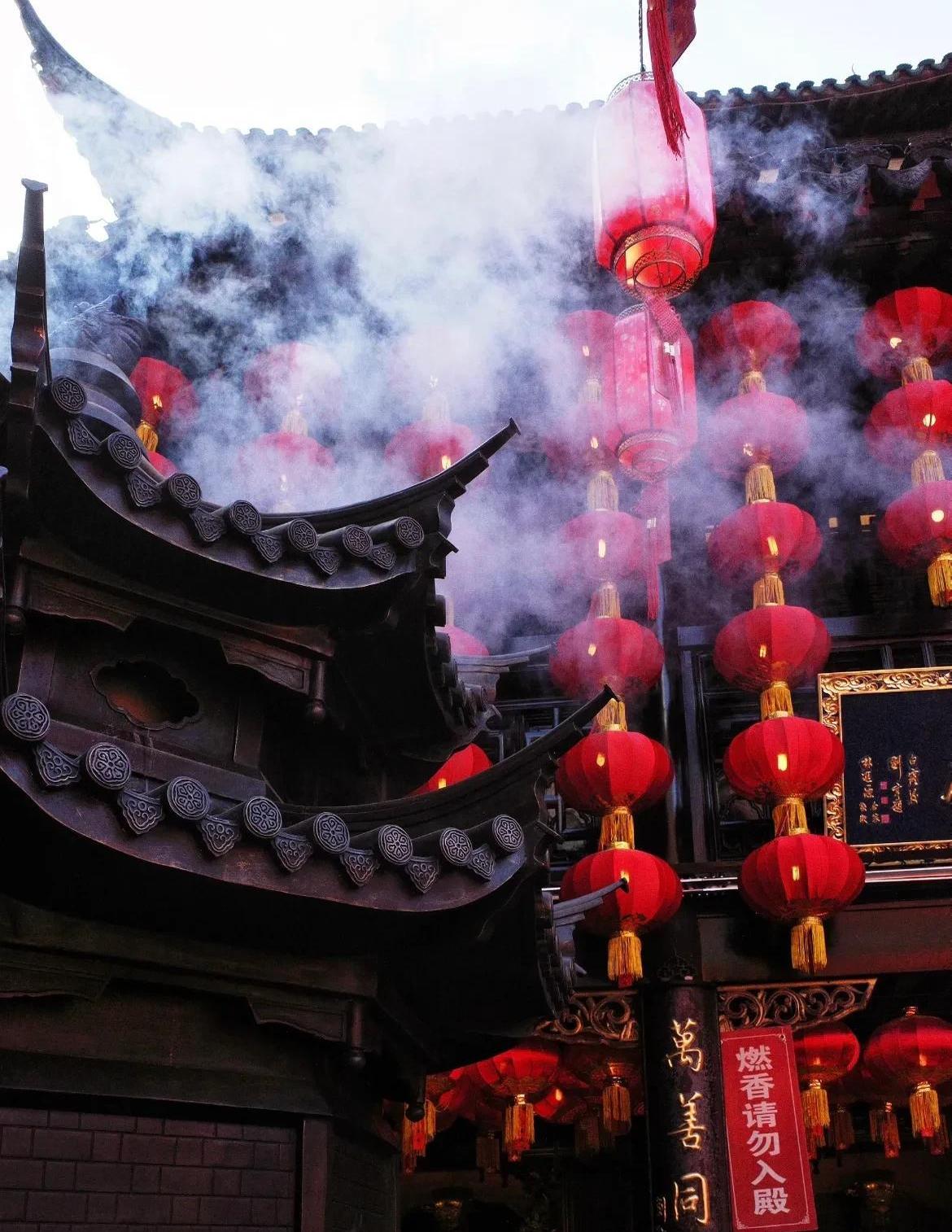
Shanghai City God Temple during Spring Festival
Ideal Seasons and Weather
For visiting the City God Temple of Shanghai, spring and autumn are best. From March to May the air is soft and fresh, with less humidity, and nearby Yu Garden comes alive with flowers. September to November brings clear skies and warm days, perfect for strolling. Both seasons let you enjoy the temple without heavy crowds.
Summer is sultry, and by noon the bazaar feels slow and sticky, food lines long and tiring. Early morning is easier. Winter is quiet, the temple solemn under gray skies, and hot dumplings taste better in the cold. Some say nothing feels livelier than such calmness.
Festivals and Local Events
If you want more energy,then make sure your visit coincides with local festivals. The temple is especially crowded on Chinese New Year. Local people come with incense bars,and clutching at their fortunes for the coming year. Crowded indeed, but the red lanterns and firecrackers all tell you that everything is going to be all right.
One of the other highlights is the Lantern Festival in February or March. The bazaar is full of colourful lanterns built in the shape of fish, dragons, even cartoon figures. Night food stalls set up shop, and there are drummers in the dark alleys. Tourists can feel stifled by the crowds,but the happy atmosphere makes everything ok. Reminder : during such times,reserve hotels and purchase tickets early to avoid last-minute headaches.
How to Get to City God Temple of Shanghai
By Metro
When the subway is the first choice for most visitors, both Line 10 and Line 14 stop at Yuyuan Garden Station (豫园站). Go out from Exit 3 and walk about ten minutes along crowded streets to reach the City God Temple. You may get delayed at the souvenir stalls. Metro tickets cost 3–5 RMB within the city, and it is polite to be ready with quick change.
The queue at Yuyuan Garden Station is long only during rush hours. From about 6:00–11:00 a.m. the station becomes a river of humanity, with everyone shoulder-to-shoulder. If you dislike being pushed, avoid these times. By mid-morning, crowds thin out, and the way to and from the temple feels far lighter.
By Bus
The temple has a number of bus routes nearby, including Bus 11, 26, and 926. The commute is a uniform price of 2 RMB. Buses are typically much slower than the metro, especially near People’s Square when obstructed by rush hour traffic. At the very least, you will be able to see some twenty-first century life out your window: grandparents carrying back bundles on bamboo slats, little kids with crutches, men arguing to their mobile phones. It’s all more “real” than swing through concrete tunnels.
However there is one small problem: sometimes the bus introduction is given only in Chinese. If you’re not sure, show the driver “城隍庙” on your phone. Giving them a quick nod and explaining the hotel name is at least better than blindly hoping they know where you are going.
By Taxi or Ride-Hailing
Taxis in Shanghai are safe and metered. A ride from The Bund to the City God Temple costs about 20–25 RMB, depending on traffic. You can also use Didi—the English version works fine. Drivers may call, and the voices are often in Chinese or the Shanghai accent. If you get a call, wait a moment before speaking back; if something is unclear, say so. Even with limited English, drivers are usually understanding. The usual drop-off point is along Fangbang Middle Road.
The harder part is getting a cab to leave. Streets around the temple are often jammed, so you may need to walk two blocks away before finding one. It’s not a big problem, just something useful to know if your legs are tired after sightseeing.
Need a smooth ride around town? Here’s how to use Didi in China as a foreigner.
Tips for Visiting City God Temple of Shanghai
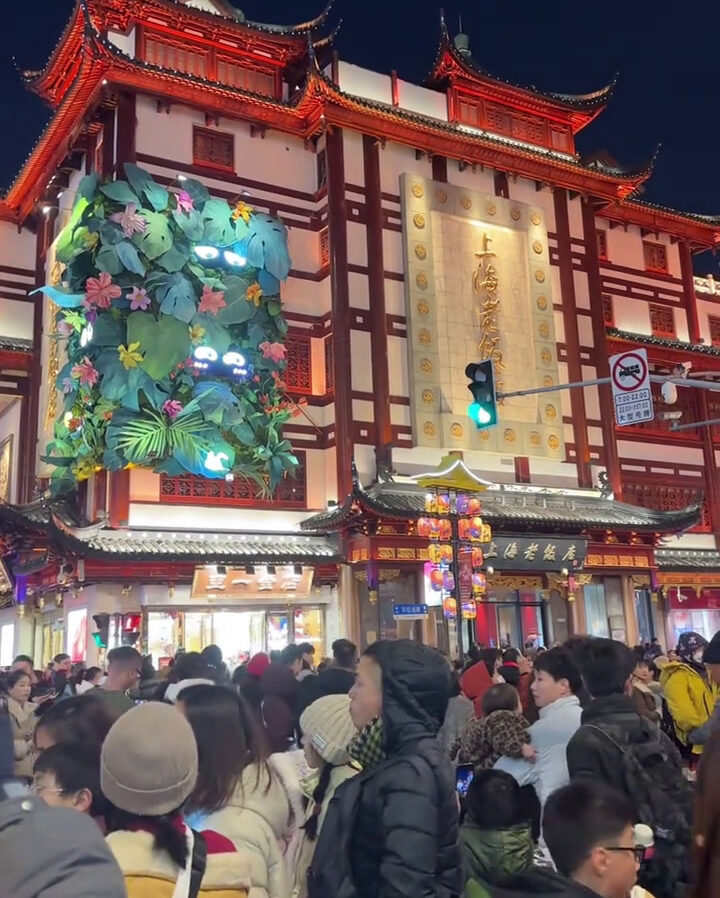
Shanghai City God Temple during Spring Festival
Avoiding Peak Crowds
One should avoid visiting the temple around noontime on weekends. Positioned between food stalls and souvenir shops, once the tour buses arrive it becomes a moving wall of people. For space to breathe, come on a Monday morning before 10. I once went on a rainy Tuesday: incense smoke curled into the wet air, and the monks’ chanting could be heard clearly.
Crowds aside, remember certain dates. During Chinese New Year the temple fills to overflowing with worshippers burning incense. The sight makes wonderful postcards and is a unique experience, but until you are used to being jostled by so many others, it can be overwhelming.
Dress and Etiquette
We aim to preserve peace and tranquility in the complex as a retreat from modern life. Smoking is not allowed in any buildings; outdoors you may smoke, but please use the ashtrays provided. While tourists in shorts and flip-flops are common, arriving neatly dressed will make you feel more at home with the locals.
If you wish to light incense, don’t point the sticks at others—that’s considered disrespectful. Hold the desire within your heart. Plaques on the wall remind, “No Tongue or Camera before the god,” though many ignore it. When you enter an inner sanctuary, keep your camera down and take photos only outside where no such rules apply.
Another thing: when turning a corner you may see monks or temple staff collecting offerings. Don’t hand them money directly; place it in the red collection boxes instead. It keeps things cleaner and avoids making you the focus of everyone’s attention.
Snacks and Souvenirs Around the Temple
Right outside the temple the noise rises, incense hanging heavy above tables. At Nan Xi restaurant nearby, patience is needed—long lines of students and families wait each day. If you want something quicker, street vendors sell skewers and sweet rice cakes for 5–10 RMB.
Shopping is everywhere. Small stalls sell clocks, jade bracelets, charms, calligraphy fans, and more. Prices vary wildly: I once saw a bracelet for 120 RMB in one shop, while only 20 meters away the same piece was 60 RMB. Bargaining is not always expected in central Shanghai, but here it is still valid if you ask politely.
FAQs about City God Temple of Shanghai (2025)
Q: What is the entrance fee for City God Temple in Shanghai?
A: The last time I visited it was about 10 RMB, but on festival days it may be slightly higher. I just saw that the price on Ctrip is also the same, so if you want to avoid ticket lines, you could consider booking your ticket there.
Q: What's the best time to visit the temple during the day?
A: I think before 10:00 in the morning is your best timing. As of noon, the tour buses come and the lanes around the temple become shoulder-to-shoulder. On a rainy weekday, you can even hear clearly the sound of monks fu ying.
Q: Is it worth visiting if I only have one day in Shanghai?
A: If you are staying nearby - say around NV Garden or the Bund - then yes, it's an easy stop. The temple itself doesn't take that long, maybe 40-60 minutes tops. Throw in snacks and a stroll around Yuyuan Bazaar, and you're right there on a half-day effort.
Q: Besides buying sticks of incense to burn, can foreigners take part in the burning?
A: Yes they sure can and no one will bother you about it. When you come in just grab a pack of incense (about 10–20 RMB). Just remember - don't aim the sticks at anyone and put them down gently on the burner.
Q: Are there English signs inside the temple?
A: Mostly, though sometimes the translations are odd. Instead of "No photography in prayer hall," you'll see "No photograph in pray hall." Understandable but we can't expect perfect English everywhere.
Q: What food you would advise someone to try near the temple?
A: Nanxiang Steamed Bun is the traditional choice. Make sure you also order some treats like Street Skewers or Nian Gao, which are cheaper - about 5–10 RMB each. As soon as you smell sesame oil, you're headed for the stands.
Q: Can I stay nearby, and are westerners allowed to stay in the local hotels?
A: Yes, there are some hotels within walking distance which accept foreign passports. For example, Renaissance Shanghai Yu Garden Hotel does and is just a 10-minute walk away. Always double-check on Ctrip, since there are some small guesthouses that don't.
Q: How do I use the subway to get to City God Temple?
A: Easiest way: Metro Line 10 or Line 14, get off at Yuyuan Garden Station, Exit 3. From there it's a 7-8 minute walk. In general, the wagons are marked Male and Female with a running man figure laying on wheels catching me. The signs are easy to follow, but if you speak a little Chinese the Pinyin now and then feels a bit heavy.
Q: How long do I need to visit the temple?
A: Frankly speaking, an hour is fine for the temple itself. If you add shopping and treats around Yuyuan Bazaar, make sure you carve out two to three hours.
Q: Is City God Temple similar to Jing’an Temple?
A: Actually it's really not. Jing’an has a grand feel and everything is gilt, while City God Temple is cramped and smoky - packed with the life of the streets. If you only see one, City God Temple gives you a much more visceral feel of the old Shanghai neighborhood.
